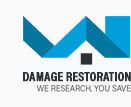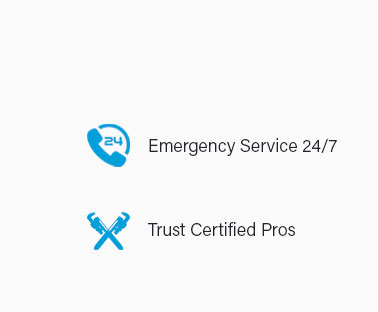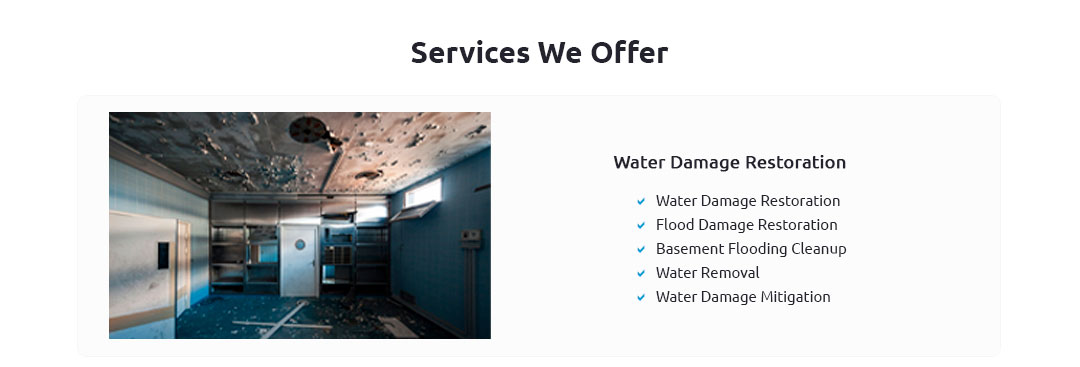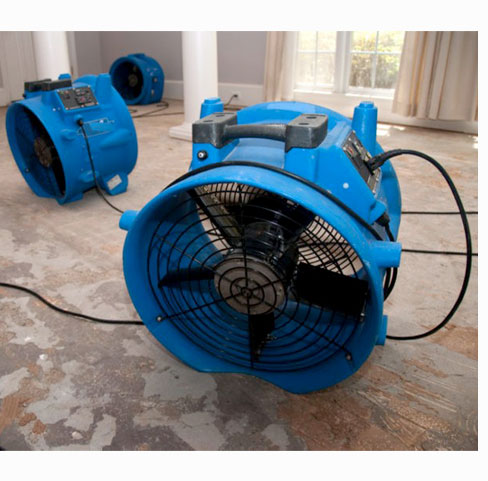 |
 |
 |
 |
|
|
 |
 |
 |
 |
 |
 |
 |
 |
 |
 |
 |
 |
 |
Understanding Water Restoration Cleanup: A Comprehensive AnalysisIn the realm of property maintenance and disaster management, water restoration cleanup plays a pivotal role. This intricate process is essential for mitigating the aftermath of water-related incidents, whether stemming from natural disasters like floods or from household mishaps such as burst pipes. The goal is not merely to remove water but to restore the affected area to its original state, ensuring safety and preventing further damage. But what does this process entail, and how can property owners best navigate its complexities? Water restoration cleanup involves several critical stages, each requiring meticulous attention and expertise. Initially, assessment is paramount. Professionals evaluate the extent of the water damage, identifying areas that need immediate attention and those that might harbor hidden moisture. This step often involves using advanced equipment like moisture detectors and hygrometers to gauge the severity of the situation accurately. Following assessment, the water removal phase begins. Speed is of the essence here; standing water can exacerbate damage, leading to mold growth and structural weaknesses. High-powered pumps and vacuums are typically employed to expedite this process, which is then followed by drying and dehumidification. This crucial step ensures that any residual moisture is eliminated, thus averting the potential development of mold, which can pose significant health risks. Once the area is dry, the focus shifts to cleaning and sanitizing. This step is not only about restoring aesthetics but also about ensuring a safe environment. Contaminants carried by water can be hazardous, so thorough cleaning with specialized products is essential. Additionally, professionals may apply antimicrobial treatments to prevent future microbial growth. Finally, the restoration phase seeks to return the property to its pre-damage condition. This can range from minor repairs like replacing drywall to extensive reconstruction efforts, depending on the damage's severity. It's during this phase that the full extent of water restoration's complexity becomes apparent, as skilled labor and precise planning are crucial to achieving a seamless recovery. While the technical aspects of water restoration are critical, property owners must also consider the broader implications. On the pro side, engaging professional services can ensure a thorough job, often backed by guarantees that offer peace of mind. These experts bring a wealth of knowledge and tools to the table, significantly increasing the chances of a successful restoration. However, cons exist too. The process can be costly, especially if insurance does not cover certain damages. Moreover, there can be an emotional toll; seeing one's property in disarray is distressing, and the restoration process, while effective, can be invasive and time-consuming. For those navigating the aftermath of water damage, some practical tips can ease the process.
https://www.servicemasterclean.com/servicemaster-of-kalamazoo/tips-and-resources/local-blog/2017/november/what-does-water-damage-restoration-mean-/
Water damage restoration is a professional term used to describe the process of water damage cleaning from the first steps to the last. https://www.rotorooter.com/plumbing-videos/water-damage-restoration/water-damage-cleanup-service/
Roto-Rooter is a full service plumbing, drain and water restoration company. Roto-Rooter's experienced water removal and water ... https://www.waterdamageadvisor.com/water-damage/water-restoration/
Water restoration is a specialized service that removes water from your home and restores it to a livable, pre-damaged condition.
|
